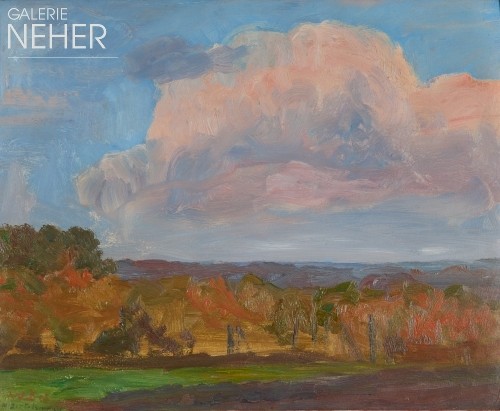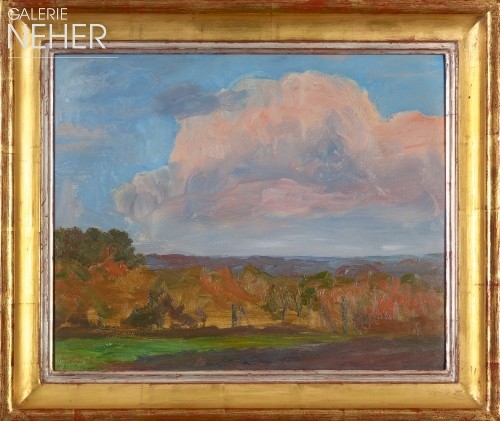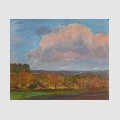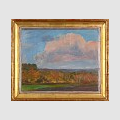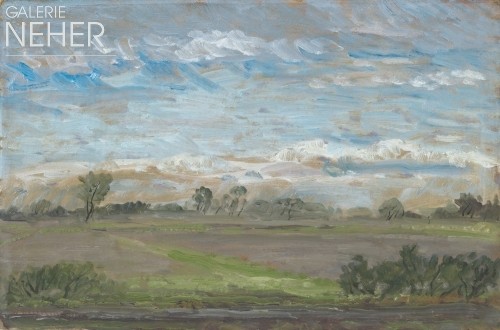Oil on painting board
37 x 46 cm / framed 48 x 56 cm
14 x 18 inch / framed 18 x 22 inch
monogrammed, dated bottom left in red oil paint : “W.B. 03”
signed beneath in pencil: “W. Bertelsmann”
titled verso top left: “Abendwolke”
signed, labelled verso top right: “W. Bertelsmann, Worpswede”
– with handmade craftman’s frame –
N 9312
6,900 €
Provenance:
Privatbesitz
Galerie Cohrs-Zirus, Worpswede
Literature:
Thomas Felgendreher, Walter Bertelsmann, Vom Bremer Kaufmann zum Worpsweder Maler,o.J., Seite 7 Tafel 1 mit farbiger Abbildung oben links
Catalogue raisonné:
Thomas Felgendreher, Walter Bertelsmann, Ein Worpsweder Imprssionist aus Bremen, KLaus Kellner Verlag, Bremen, 2022, Werkverzeichnis Nr. 8 mit farbiger Miniabbildung
Exhibitions:
Galerie Neher, Herbst -Winter 2022/2023, Katalog mit farbiger Abbildung Seite 27
